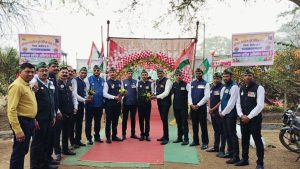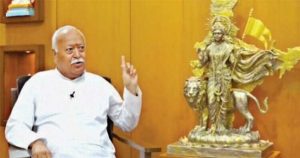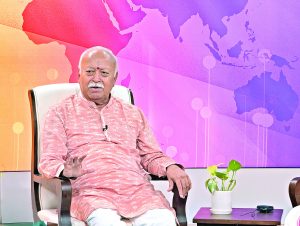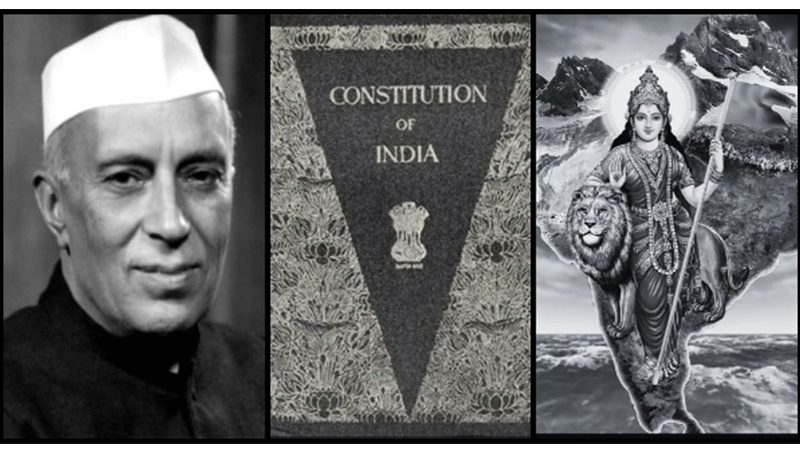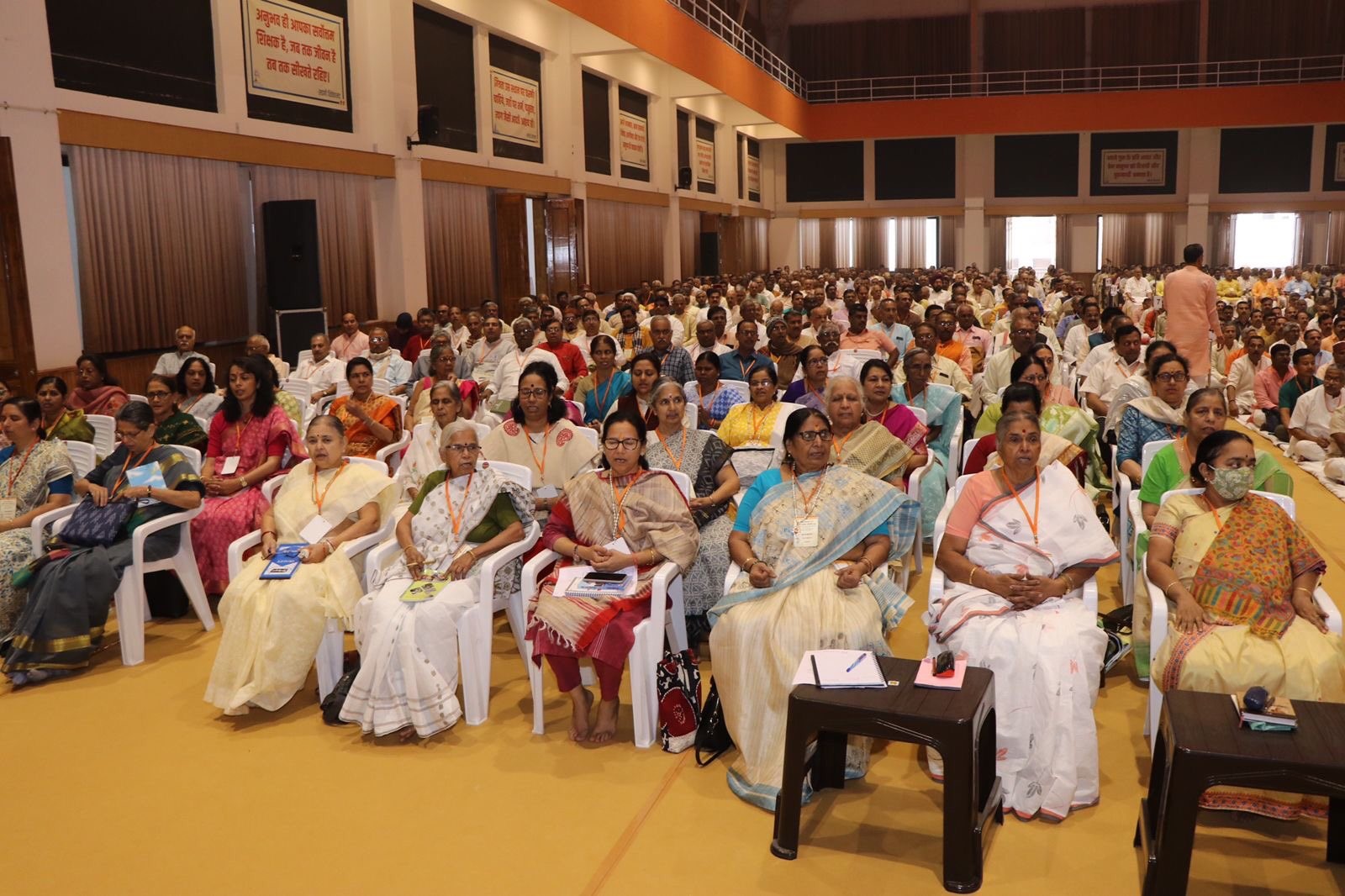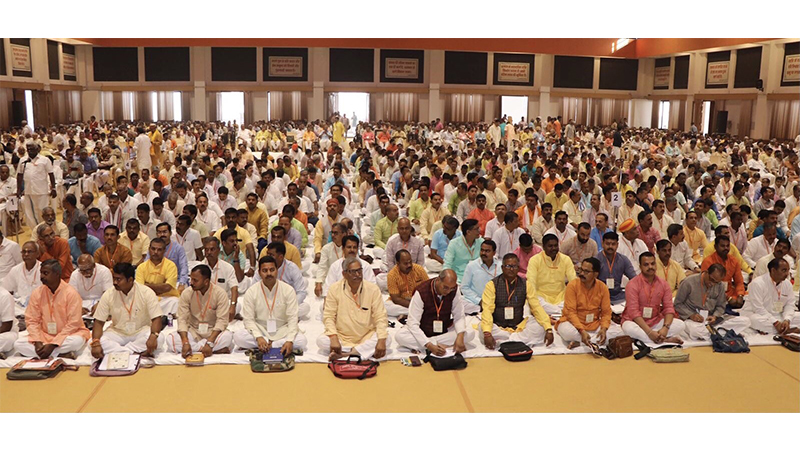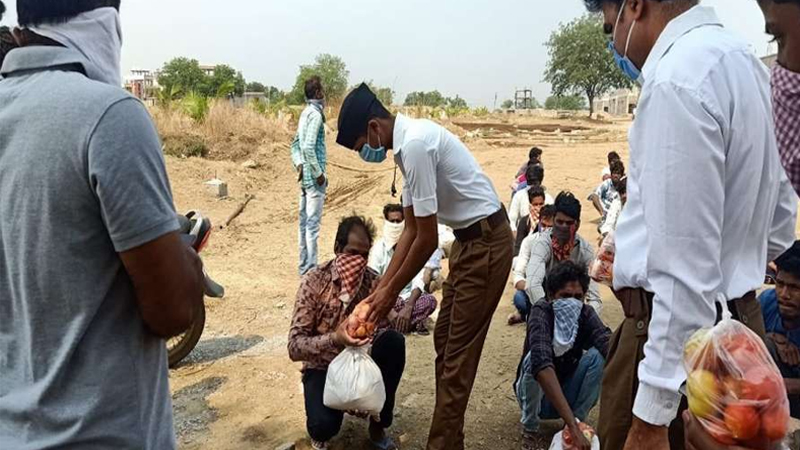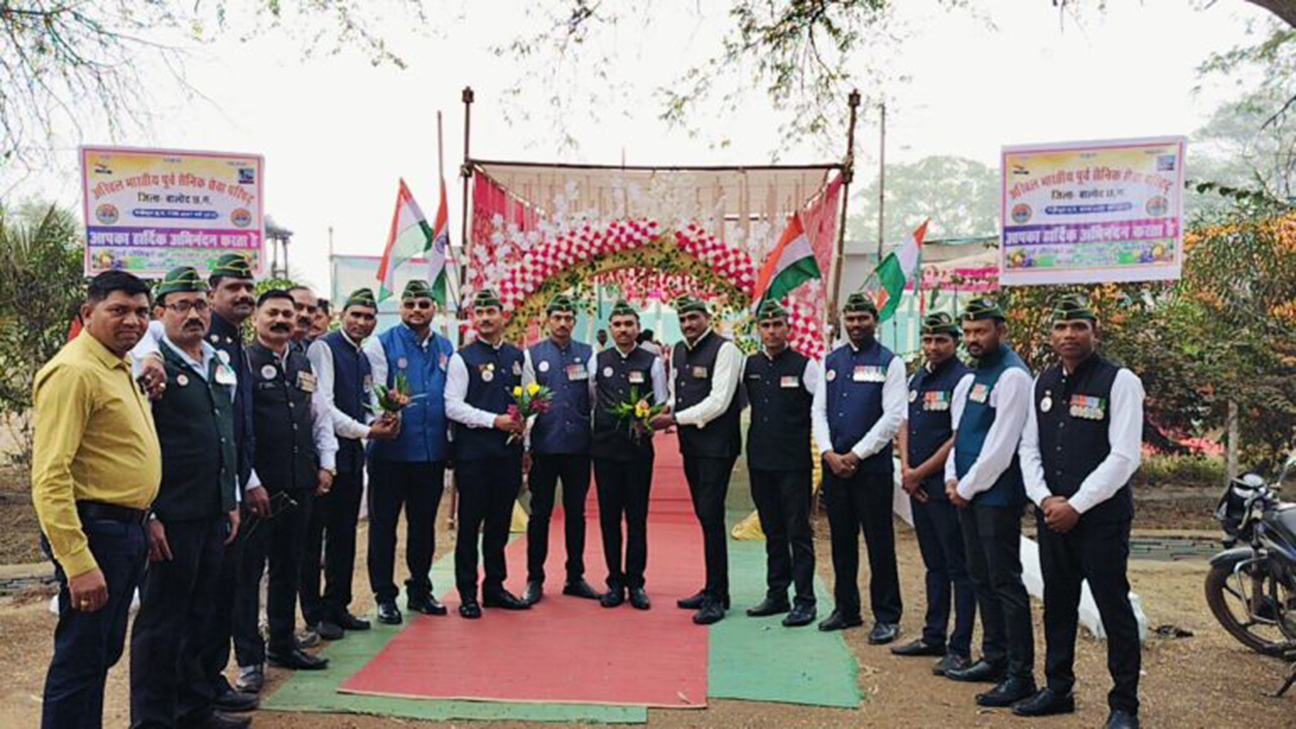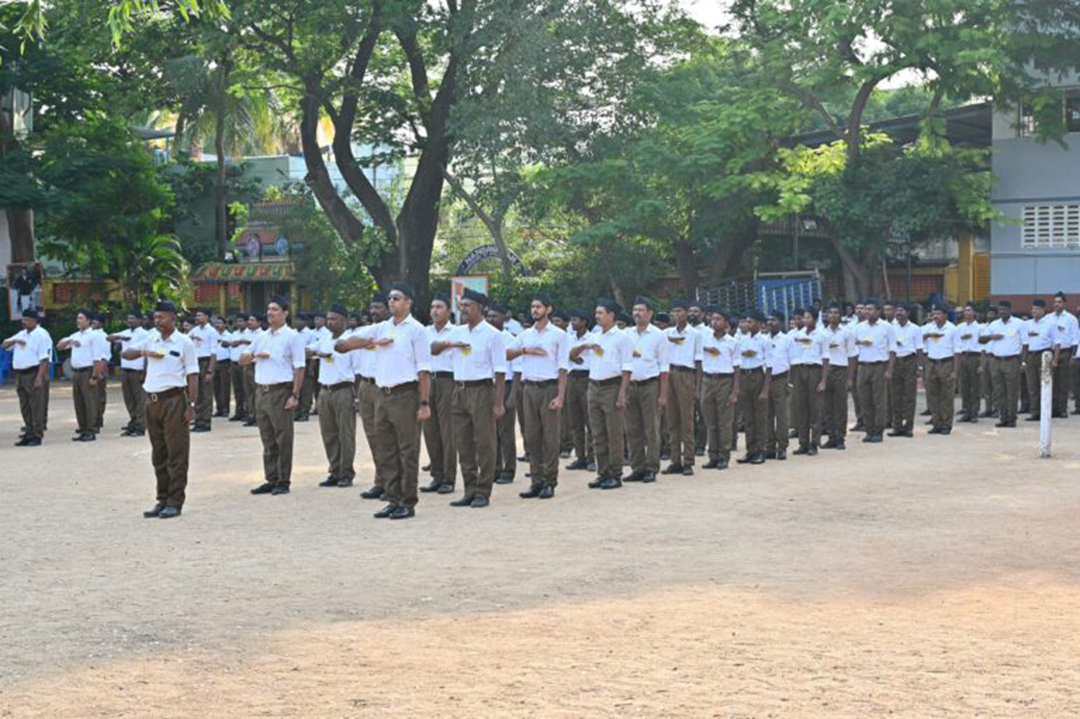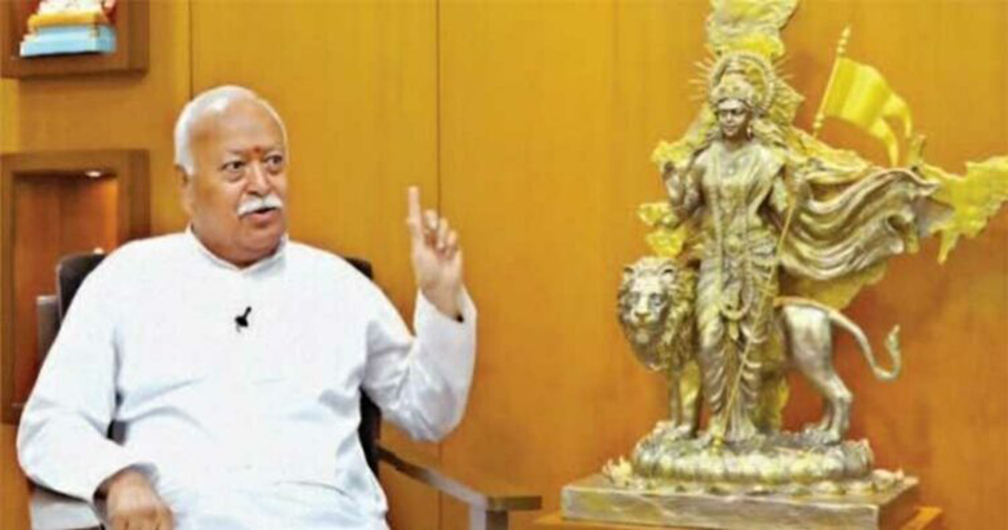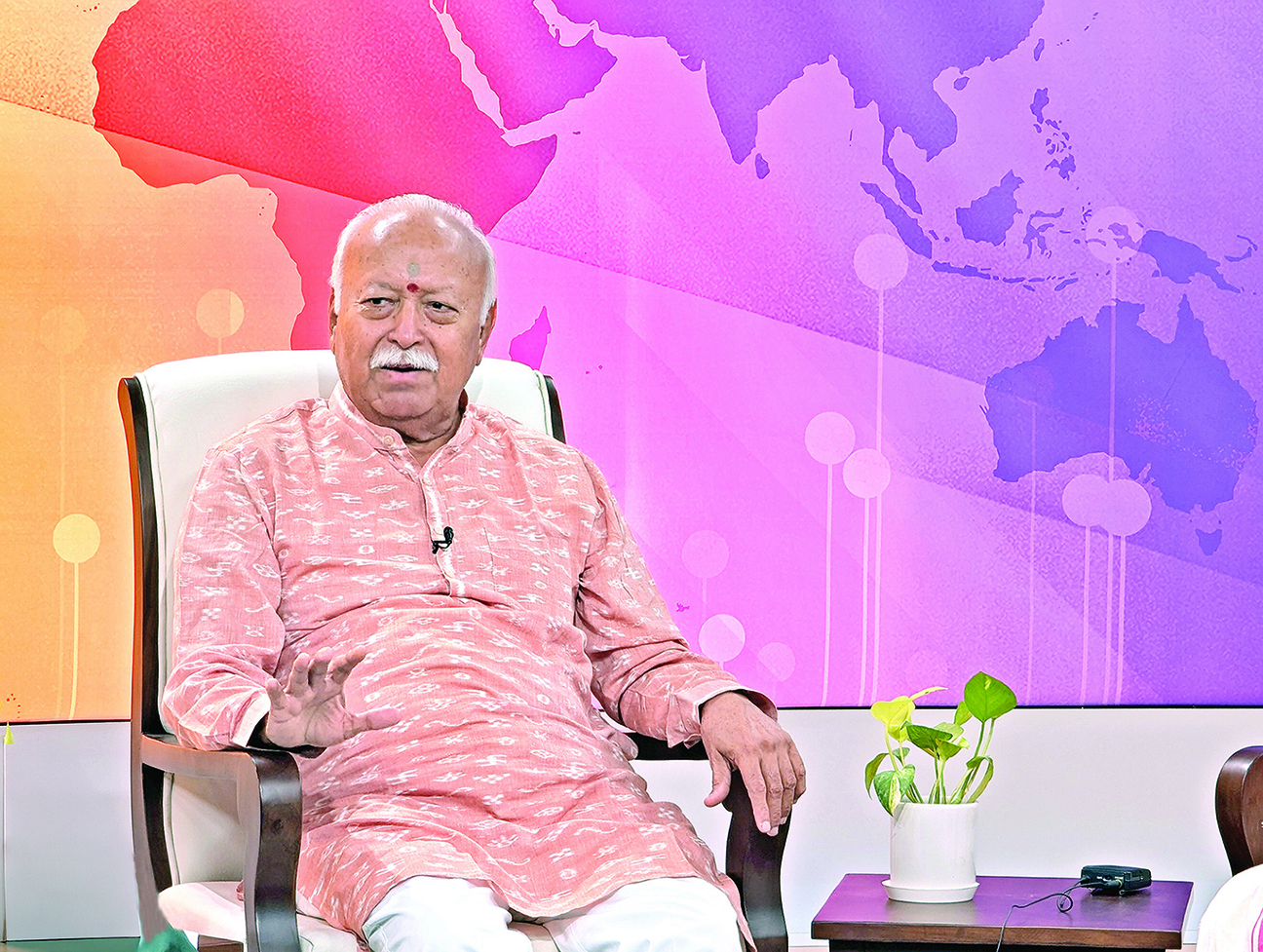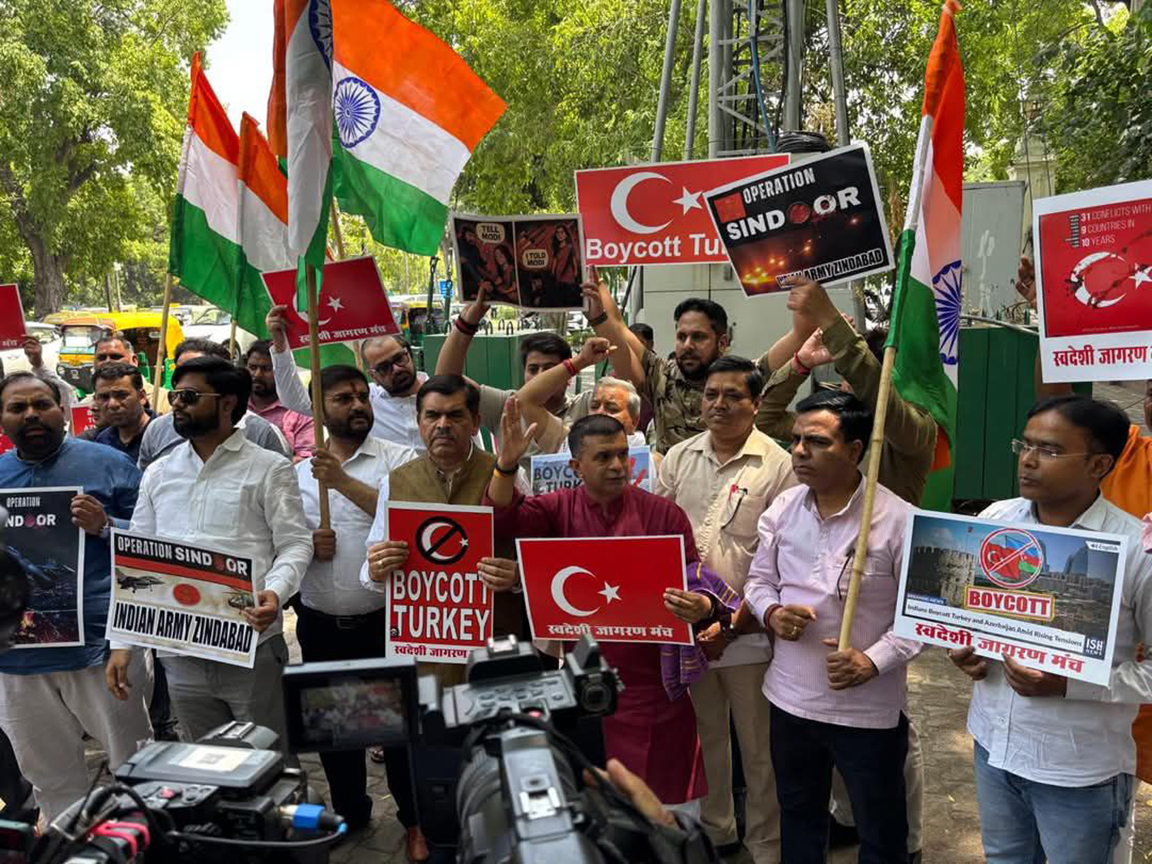How RSS revived the unique Bharatiya tradition of ‘Guru Dakshina’
Updated: August 6, 2024 10:29
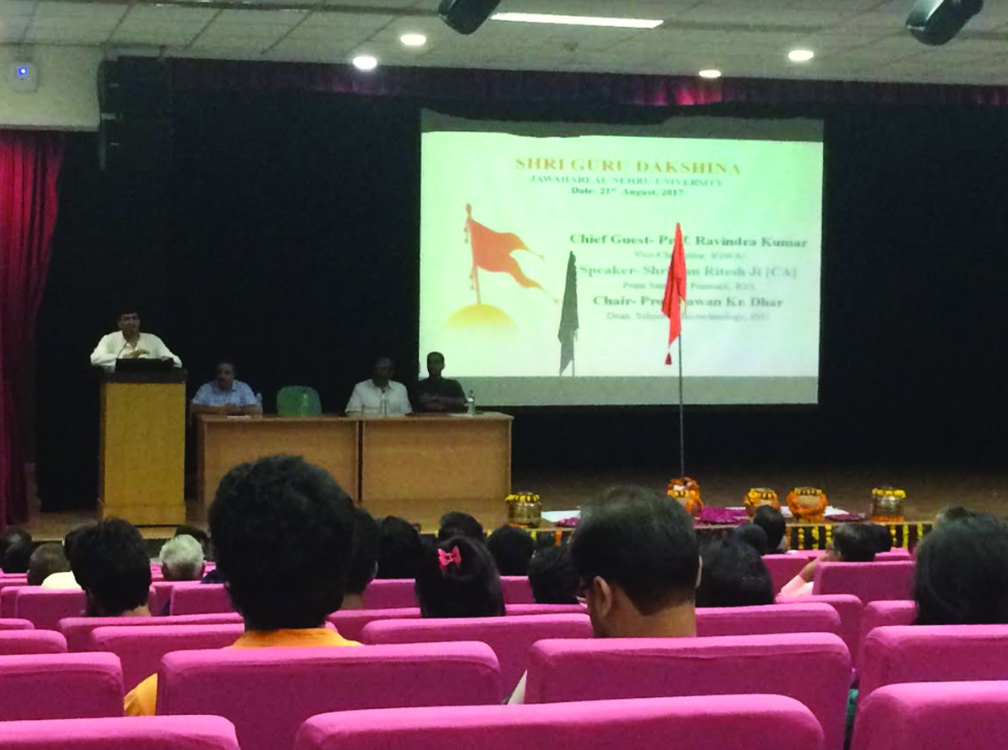
The Rashtriya Swayamsevak Sangh (RSS) since its inception in 1925 had decided that it would not accept funds from anyone outside the organisation and it would fund itself with the help of its volunteers. Hence came into existence a unique tradition of ‘Guru Dakshina’.
Every RSS Shakha organises, ‘Guru Dakshina’ (an offering to the Guru), a programme for its Swayamsevaks on a particular day in the year. These programmes are generally held within three to four weeks beginning from the sacred Hindu festival of ‘Guru Purnima’. In the year 2024, the programme of ‘Guru Dakshina’ started on June 21, the day Hindus celebrated ‘Guru Purnima’ (a full moon night dedicated to the Guru).
There are primarily two reasons for organising this programme. First, to carry forward the age-old revered tradition of ‘Guru-Shishya’ (Guru-Disciple)’ tradition of ancient India. The students used to stay in the Ashrams of saints in ancient India and on completion of their education and training, used to offer ‘Dakshina’, as a mark of respect for the Guru. In the Hindu tradition, the value of the ‘offering’ did not matter, what really mattered was the sense of gratitude with which the ‘Dakshina’, was given. The Guru used to accept whatever was offered with an equal sense of contentment.
This sacred tradition was revived by the RSS in modern times in its ‘Shakha’, right since its inception and is performed till date. It is a simple ceremony which is held indoors. Generally, it is held in a hall where around 50-100 people can sit. The ceremony is generally held in the morning. The dress code is, ‘all white traditional Indian attire’. On the day of Guru Dakshina, the Swayamsevaks(volunteers) prefer to wear the traditional Indian dress of ‘Kurta-Payjama’ or ‘Kurta-Dhoti’.
The Saffron Flag is hoisted within the big room/hall auditorium and a ceremonial earthen lamp is lighted. The framed photographs of the RSS founder and first Sarsanghchalak (Chief Mentor) Dr. KB Hedgewar and the second Sarsanghchalak (fondly addressed as ‘Guruji’ within the RSS) are placed.
Most of the Swayamsevaks (except the ones who find it physically difficult due to age or some physical condition) sit on the floor where a number of ‘daris’ (a kind of Indian carpet made of thick cloth used at homes generally) and clothes sheets are laid. Before that the room is properly cleaned. There is pin-drop silence and it is mandatory for Swayamsevaks to reach well in time before the scheduled beginning of the programme.
All of them sit in rows. Prior to the beginning of the programme, they have a plain white envelope with their names written on it by the Shakha head, i.e Mukhyashikshak/Shakha Karyavah. These envelopes are often delivered to them personally at their homes along with the information regarding the schedule of the ‘Guru-Dakshina’.
The attempt is to inform all the Swayamsevaks who have ever attended a Shakha in that area even once. This is probably an effective way to keep a connection with even those who have stopped attending the Shakha due to personal or professional commitments.
The programme of Guru Dakshina is simple but very impressionable at least for the newcomers. Anyone who has ever attended ‘Guru Dakshina’, with an open mind would vouch for it that the atmosphere is unique and leaves a long-lasting impression, especially on the younger minds.
It is important to note that the RSS founder had consciously decided that as individuals cannot be perfect and may develop some flaws during the course of time, so no individual should be treated as ‘Guru’ within the RSS. Instead, the saffron flag is considered to be Guru in the RSS. In every Shakha every day the first activity is to mount the saffron flag. The Shakha begins with RSS volunteers bowing their heads to the saffron flag and ending the Shakha with the same gesture.
The programme of Guru Dakshina is the culmination of the year-long practice of treating the saffron flag as a Guru. The Guru Dakshina programme generally begins with lightening of earthen lamps and incense sticks. There is silence and the atmosphere is serene. A few Sanskrit shlokas are recited by everyone praising the ‘Guru’ and expressing their gratitude. The Swayamsevaks also sing together some patriotic songs remembering the ‘golden age’ of India and vowing to bring back that age by being part of the nation building process. Then they get up one by one, offer some flower petals kept in a tray near the Saffron Flag, bow their head to the flag with their straight right palm horizontally parallel to the ground (this is the way RSS Swayamsevaks always bow their heads in front of the Saffron Flag during all programmes including daily Shakha).
This is called ‘Dhwaj Pranam’, by the RSS, i.e. greeting the Saffron Flag with respect. The Swayamsevaks then place the envelopes which have some money or flower petals in it.
There is no fixed amount which one has to offer in Guru Dakshina and no one asks about it. The envelope is closed, so no one knows who has put in how much money. After making the offering, the Swayamsevak again does ‘Dhwaj Pranam’ and comes back and sits at his place in the row and the next Swayamsevak then goes and performs ‘Guru Dakshina’, in a similar way.
After all the present swayamsevaks have made their offerings, there is a brief intellectual discourse delivered by either one of the senior RSS functionaries invited for the same or by any other guest who has been invited for the special occasion. The RSS encourages its Shakha Chiefs to utilise the ‘Guru Dakshina’, programme to invite the local professors, doctors, retired members of the armed forces or any other prominent person as the ‘main speaker’, for the programme. This helps to expand the organisation’s outreach by getting non-RSS members involved. The general experience has been that anyone who is not an RSS Swayamsevak and comes to the programme of Guru Dakshina for the first time as a main speaker goes back with such a strong impression that he remains a lifelong supporter and friend of the RSS.
At the end of the programme, there is the usual RSS Prayer and then everyone disburses. At times the swayamsevaks also arrange for some tea or coffee and snacks which is accompanied by informal conversations especially those who had not attended any RSS programme earlier or with those who have lost touch with the RSS after being a swayamsevak.
Guru Dakshina is a tradition which has never been broken in the RSS and is considered to be the most revered and sacred one. It is a unique way to fund the organisation that helps it maintain its independence. It is also a very effective medium to increase the outreach of the RSS.
